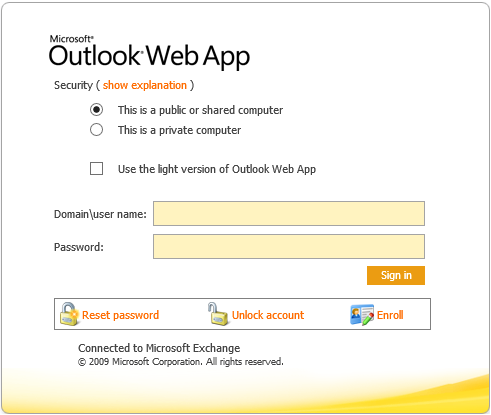

The reason for this is due to the ADAL process writes device information into this key and if you only have one host this is acceptable but most environments have multiple VDI hosts and the machine information will not match when that user logs into a different machine with another machines Identity hive information.

Example, Citrix profile management or GPO and sometimes both need to be configured depending on your configuration. There are several ways you can exclude this from roaming. This entire hive must be excluded from roaming profiles.Requirements for all scenarios for non-persistent VDIĮnsure that you are NOT roaming your Identity hive located in Computer\HKEY_CURRENT_USER\Software\Microsoft\Office\16.0\Common\Identity DWORD: “BlockAADWorkplaceJoin”, Value=1.To prevent machines from performing workplace and Azure AD Join use the following registry keys: (Note: You may also have to delete the computer/device object from Azure AD devices if these computers have already been joined.)Ĭreate a new DWORDs in this path HKEY_LOCAL_MACHINE\Software\Policies\Microsoft\Windows\WorkplaceJoin This means that you must follow the prerequisites and planning that is laid out here.

Currently, Microsoft only supports Hybrid Azure AD Join for VDIs. There are some preparations that must be made for your users to have the best Microsoft 365 experience with Outlook. To check supported scenarios please see the following link - VDI Supported Scenarios. There are a lot of unsupported scenarios when it comes to using VDIs with Azure. To avoid these issues being caused by non-persistent VDI, we will discuss best practices.

Some of the issues end users might see include: There are many applications for this technology but today we will discuss some of the most common issues our customers face when using Microsoft Outlook (this extends to other Microsoft office apps) in a non-persistent Virtual Desktop Infrastructure (a.k.a. Those endpoints can be various devices including PC and tablets. It is a form of desktop virtualization, as the specific desktop images run within virtual machines (VMs) and are delivered to end clients over a network. Virtual desktop infrastructure (VDI) is defined as the hosting of desktop environments on a central server.


 0 kommentar(er)
0 kommentar(er)
